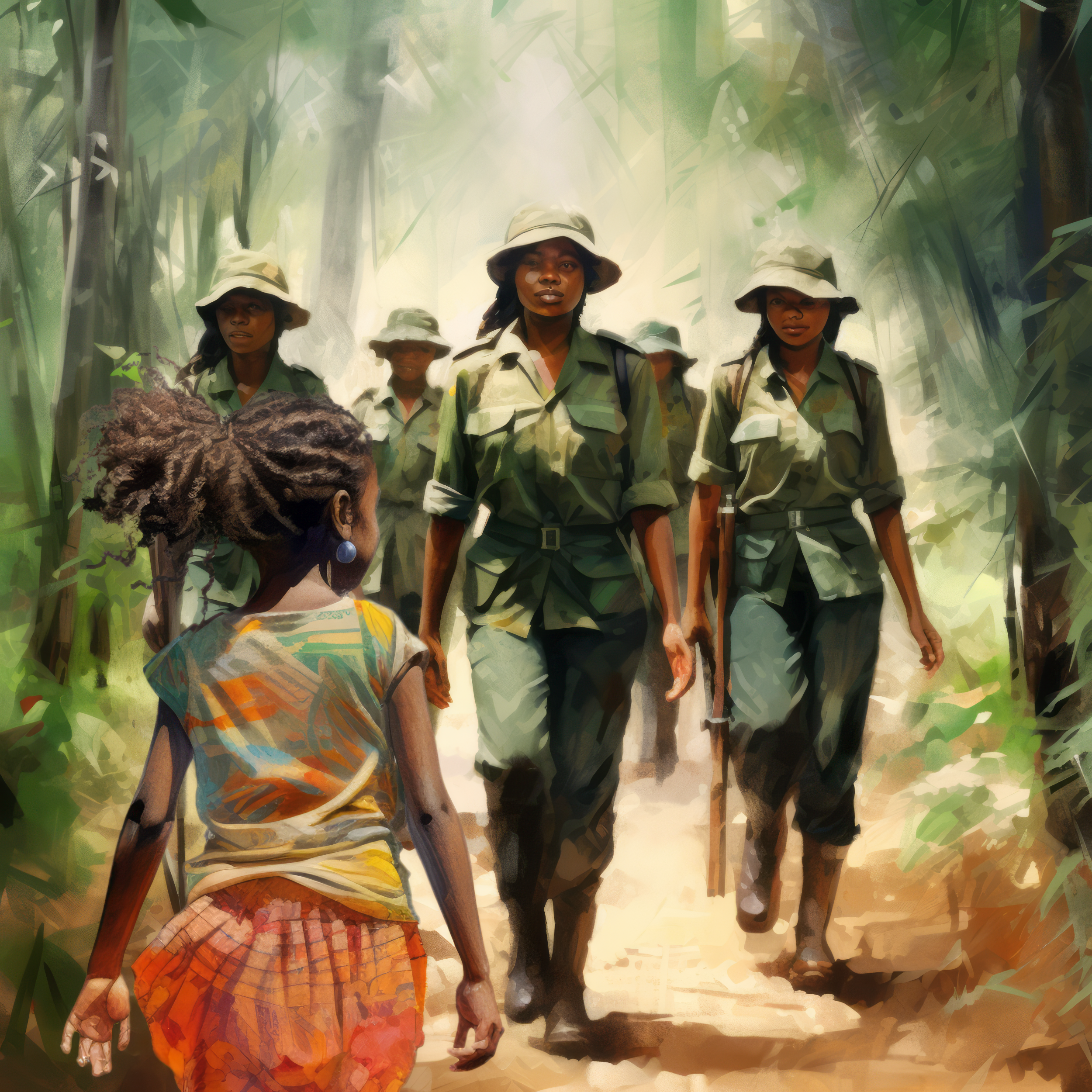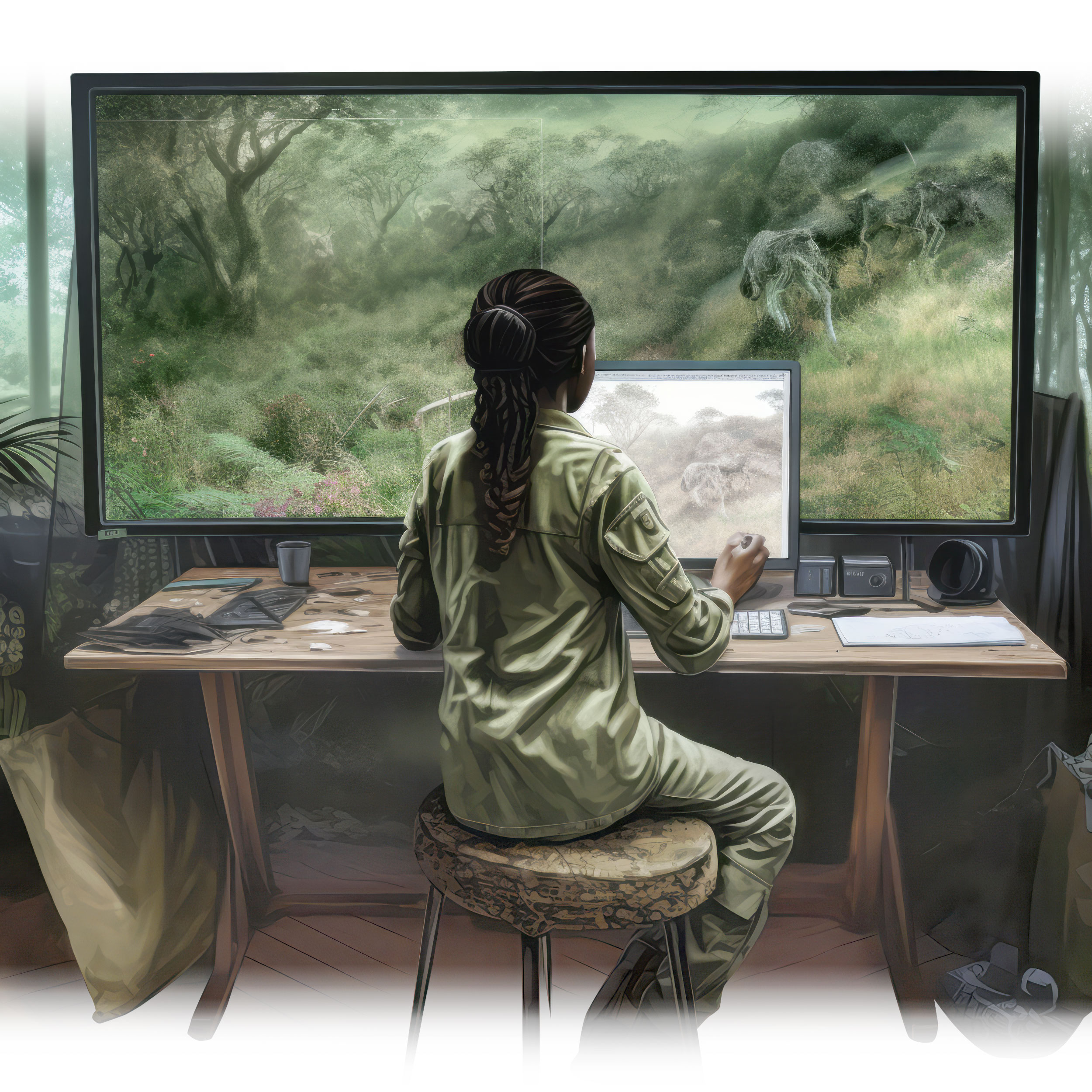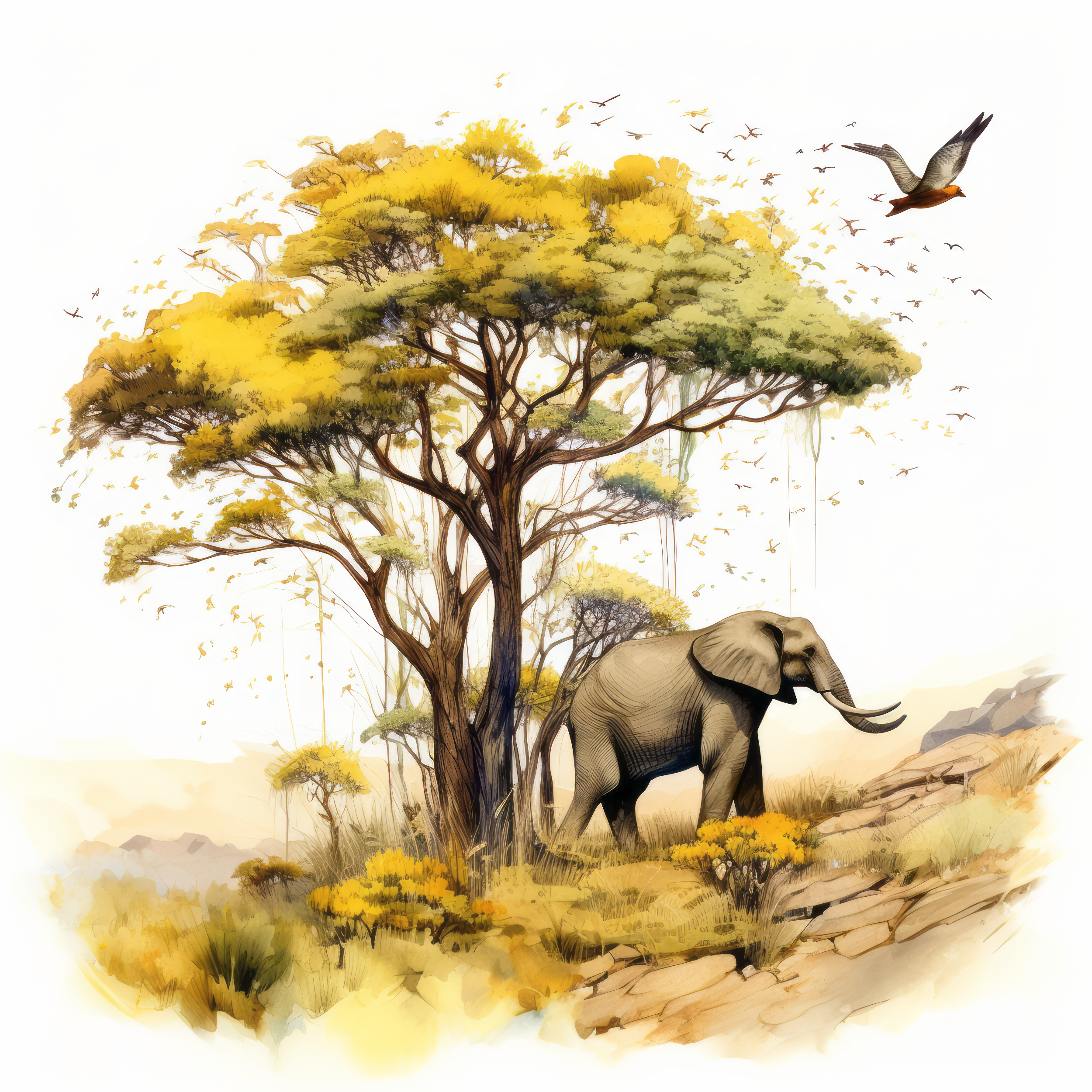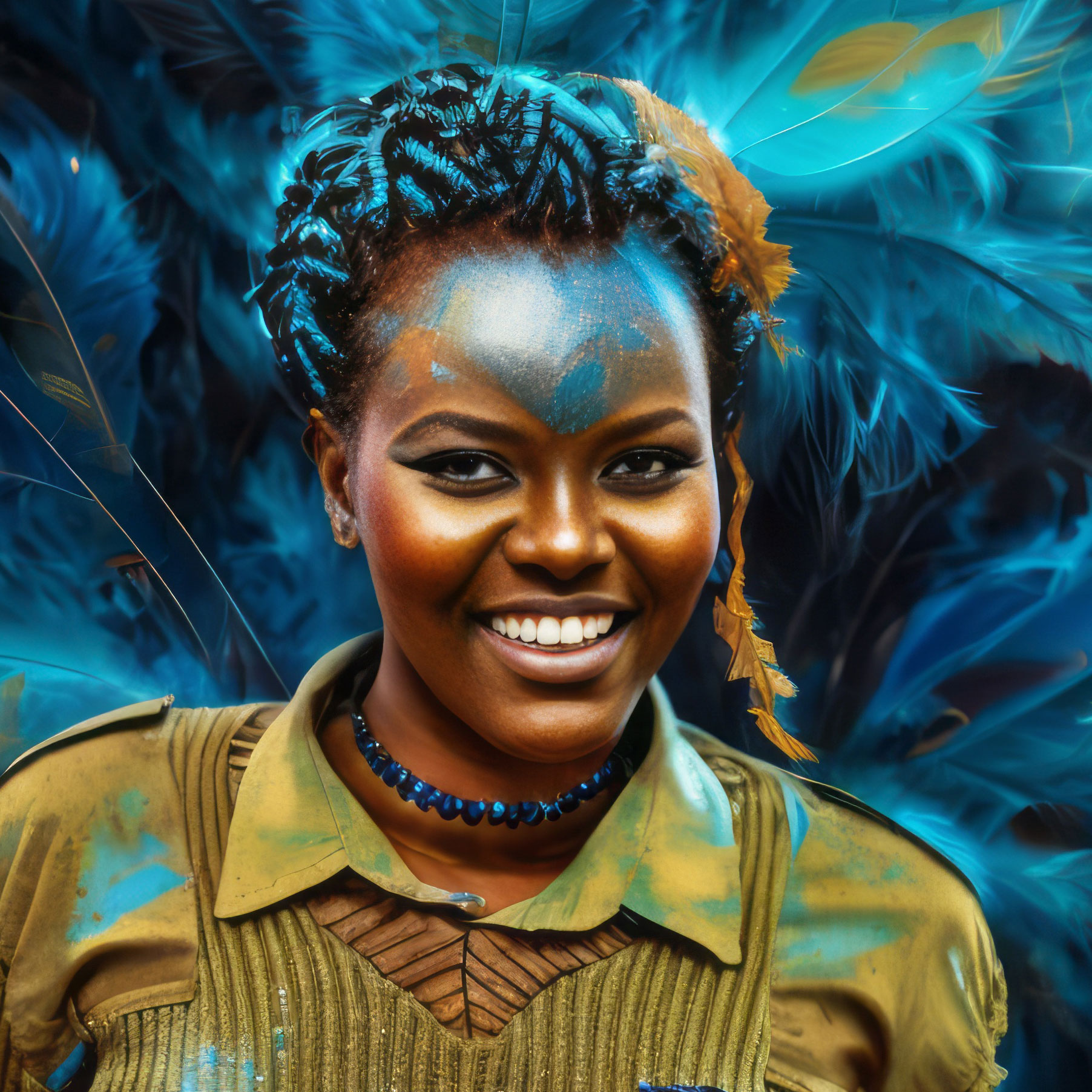Kenya
Protecting Kenya’s Wildlife
Annastacia Ikaro Apoo’s parents passed away when she was only 20 years old. Suddenly, she was faced with the responsibility of caring for her two younger siblings and her own child. As the first child in her family, she knew she had to step up and provide for her family.





Why Is This Important?
Protecting wildlife and biodiversity is crucial to combat climate change. Endangered species, facing threats from poaching, habitat destruction, and other human-induced pressures, play a crucial role in maintaining ecosystems and preserving ecological balance.

By safeguarding these species, we ensure the preservation of their habitats and the intricate web of life they sustain. Engaging communities in conservation efforts is vital as it fosters a sense of responsibility and ownership, encouraging sustainable practices that mitigate climate change impacts. Protecting wildlife not only safeguards unique and irreplaceable forms of life but also enhances ecosystem resilience, aiding in carbon sequestration and promoting adaptation to the changing climate.
What Can You Do?
Consider these tips:
Personal
What wildlife exists in your local habitat? Learn about the species that are at risk around you and advocate for their protection.
One way to protect local wildlife is to ensure their habitat is free from human-generated waste. How can you minimize the waste you create? Consider shifting to reusable water bottles, paper towels, and other household products to limit the waste you create.
Community
Start by considering how gender stereotypes show up in community-led efforts to protect wildlife around you and amplifying the work of women in your community who are taking the lead and playing their part in protecting species.
Take it a step further by joining community-led clean-up efforts to remove harmful waste from the habitats of local wildlife.
Share Your Ideas
Have you or someone you know done something in your community to promote the protection of local wildlife? We would love to hear from you! Please send your story to engage@daughtersforearth.org. You can support all Daughters by donating below.




